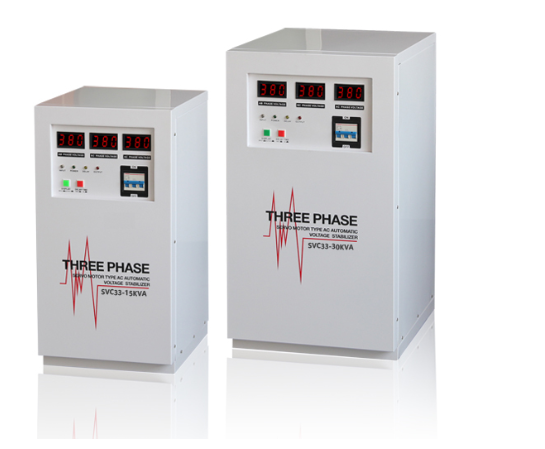A motor controller is a device or a group of devices that help adjust the way the motor works. The motor control component can start or stop the motor manually or automatically through two modes. The controller can also make the motor move forward or backward, adjust and limit the speed and torque, and prevent electrical failure and overload.
Motor control systems can be divided into three main types: manual, semi-automatic, and automatic. The characteristic of manual control is that the operator must go to the position of the controller to initiate any change in the state of the control system. Manual controllers are usually very simple devices that can connect the motor directly to the line. They may or may not provide overload protection or low voltage release. Manual control can be achieved by simply connecting the switch in series with the motor.

Industrial motor control: the difference and subsystems of DC motors, brushless DC motors, and AC induction motors(single phase ac voltage controller). An in-depth analysis of key subsystems focuses on monitoring and measuring current. Sensing temperature can sense the speed, position, and movement of the motor; monitor and control multi-channel current and voltage; high-precision motor control with encoder data interface.
The manual motor starter is a motor control component for motor protection. They are used to manually turn off or turn on the motor. In the event of electrical overload or failure, the device will trip, shut down and stop the motor. This means that once the power is turned off, it must be turned on manually by the operator. This kind of starter is most suitable for small and simple motors.
As energy costs steadily rise, the industry is working to replace inefficient constant-speed motors and drives with microprocessor-based variable speed drives. Although these variable speed controllers increase motor costs, the expected energy savings and enhanced motor functions should easily offset these initial costs within a few years.

DC motors are one of the first motors to be put into practical use and are still popular where low initial cost and excellent drive performance are required. In its simplest form, the stator (that is, the fixed part of the motor) is a permanent magnet, and the rotor (that is, the rotating part of the motor) has an armature winding that is connected to a mechanical commutator, the commutator The current winding can be turned on or off.
Motor control accessories are peripheral devices that can be installed with the motor to help ensure smooth operation. According to specific motor needs, there are various motor control accessories to choose from. The magnet generates a magnetic field flux that interacts with the armature current to generate electromagnetic torque so that the motor can perform work(3 phase ac voltage controller). The speed of the motor is controlled by adjusting the DC voltage applied to the armature winding.
When a machine is installed, the motor, machine, and controls are all related to each other, so they must be regarded as a unit. Some machines have one or more electric motors installed on themselves when they are delivered from the manufacturer, and in this case, the job of the electrician is usually to establish a simple power connection for the machine. Such a machine is shown in Figure 1. 2. Other types of machines require separately installed motors, which are connected by belts, gears, or chains.